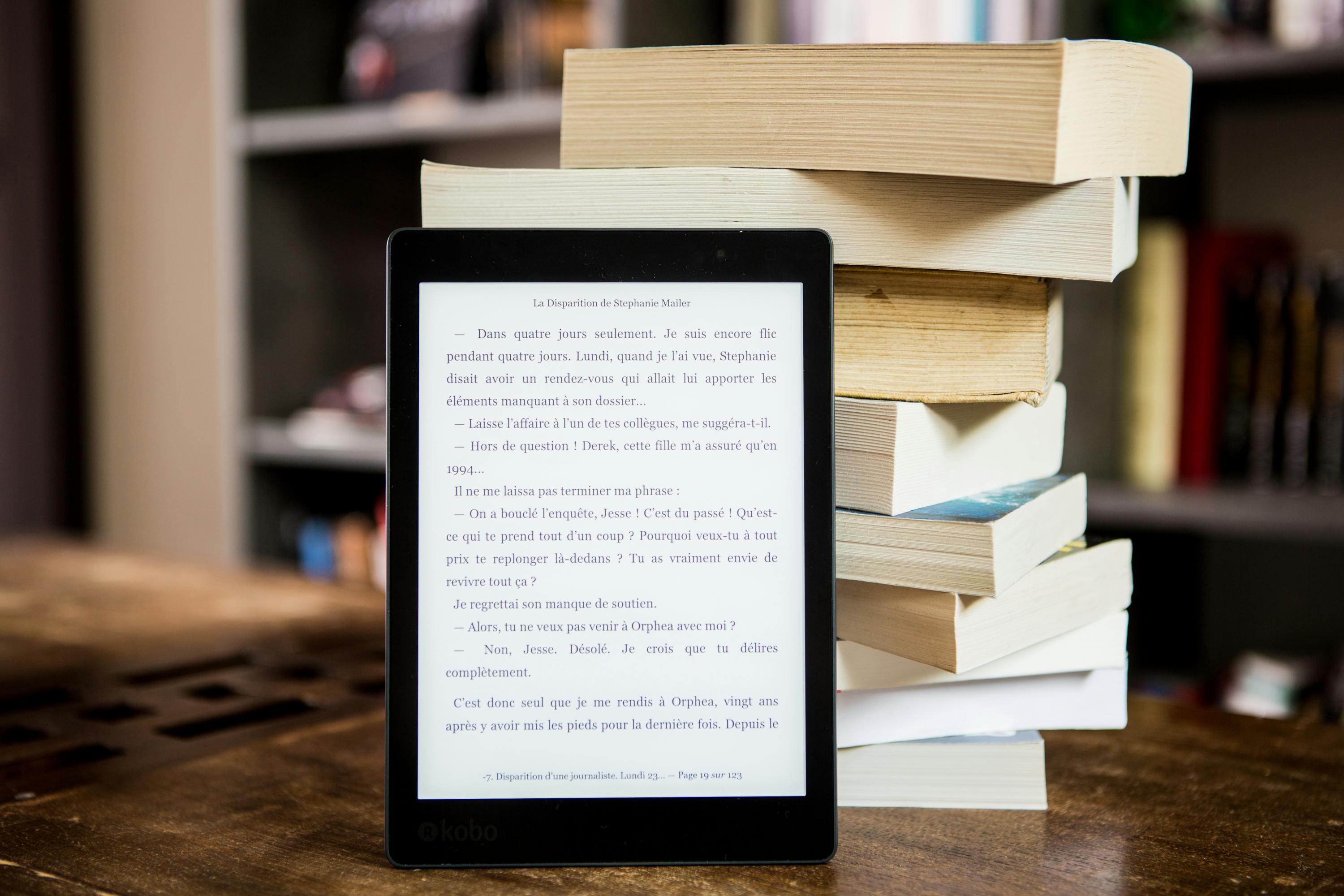Books: A Journey from Ancient Scrolls to Digital Revolution
Books have been a cornerstone of human civilization for centuries, serving as vessels of knowledge, imagination, and cultural expression. From ancient manuscripts to modern digital formats, books have evolved significantly, yet their essence as a key medium for storytelling, education, and the preservation of history remains unchanged. This article delves into the history, types, impact, and future of books.

Ancient Manuscripts to E-books: The Transformative Journey
The earliest forms of books emerged in ancient civilizations as clay tablets in Mesopotamia and papyrus scrolls in Egypt around 3000 BCE. These precious objects were laboriously created by skilled scribes who meticulously copied texts by hand. The transition to codex form—bound pages similar to modern books—occurred during the Roman Empire, offering advantages in storage, durability, and ease of reference. Medieval manuscripts represented the apex of handcrafted book production, with illuminated works requiring months or years to complete.
The digital revolution of the late 20th century introduced a radical transformation. E-books emerged in the 1990s, but gained significant traction with Amazon’s Kindle in 2007. Today, electronic books offer unprecedented accessibility, portability, and storage capacity, with a single device capable of holding thousands of volumes. This evolution represents perhaps the most fundamental change in reading technology since the invention of the printing press, shifting books from physical objects to digital files that can be instantaneously transmitted worldwide.
Gutenberg’s Printing Revolution: The Democratization of Knowledge
Johannes Gutenberg’s invention of the movable-type printing press around 1440 CE revolutionized human civilization by mechanizing book production. Before this innovation, books remained luxury items accessible primarily to religious institutions and wealthy elites. The printing press dramatically reduced production costs and time, transforming books from rare treasures to increasingly common possessions.
This technological breakthrough catalyzed momentous social changes. It accelerated the Protestant Reformation, fostered scientific advancement during the Renaissance, and eventually enabled the Enlightenment by allowing ideas to spread rapidly across Europe. Literacy rates grew as printed materials became more available to common people. The printing press effectively democratized knowledge, breaking the monopoly previously held by religious and political authorities and laying groundwork for modern education, science, and political thought.
Evolution of Book Publishing: From Artisanal Craft to Global Industry
Book publishing evolved from an artisanal craft into a sophisticated global industry over centuries. Following Gutenberg’s innovation, small printing houses gradually expanded their operations, establishing the fundamental components of modern publishing: acquisition, editing, production, marketing, and distribution. The 19th century industrialization brought steam-powered presses and mechanical typesetting, dramatically increasing production capacity.
The 20th century witnessed the rise of major publishing houses, bestseller lists, and literary agents, creating the commercial ecosystem we recognize today. Digital disruption beginning in the 1990s transformed the industry again, introducing new formats, distribution channels, and business models. Self-publishing platforms have challenged traditional gatekeeping functions, while audiobooks have created new markets. Despite predictions of print’s demise, physical books have demonstrated remarkable resilience, with many readers preferring their tangible qualities alongside digital options, creating a hybrid market that continues to evolve.
Books as Cultural Cornerstones: Shaping Societies and Identities
Throughout history, books have functioned as cultural cornerstones, shaping societal values, preserving collective memory, and establishing national identities. Religious texts like the Bible, Quran, and Vedas have influenced billions of lives and formed the ethical foundations of entire civilizations. Secular works from Shakespeare’s plays to foundational novels like “Don Quixote” have defined literary traditions and explored the human condition.
Books have also driven social change, with works like “Uncle Tom’s Cabin” galvanizing the abolitionist movement, and “Silent Spring” launching modern environmentalism. They preserve cultural heritage, recording languages, folklore, and traditional knowledge that might otherwise disappear. In totalitarian regimes, banned books become powerful symbols of resistance, while national literatures help forge cohesive cultural identities. Even in our digital age, the content of books—regardless of format—continues to influence how societies understand their past, navigate their present, and envision their future.
Future of Reading in the Digital Age: Challenges and Opportunities
The digital transformation presents both challenges and opportunities for reading culture. Digital platforms offer unprecedented accessibility—readers in remote locations can instantly access vast libraries previously unavailable to them. Features like adjustable text size, text-to-speech, and translation tools make reading more inclusive for people with disabilities or language barriers.
However, concerns persist about digital reading’s impact on comprehension, attention spans, and deep engagement with texts. Studies suggest people may read digital texts differently, often skimming rather than deep reading. Privacy concerns arise as e-reading platforms can track reading habits and preferences. Digital divides remain problematic, with access to devices and internet connectivity determining who benefits from these innovations.
Emerging technologies continue to reshape reading experiences. Augmented reality enhances educational texts with interactive elements, while artificial intelligence generates personalized reading recommendations. Subscription services offer unlimited access to digital libraries for monthly fees, changing consumption patterns. Despite these innovations, recent trends show print books maintaining strong sales alongside digital formats, suggesting a hybrid future where different reading formats coexist rather than a complete digital takeover.
Books have demonstrated remarkable adaptability throughout human history, evolving from clay tablets to scrolls, codices to mass-produced volumes, and now to digital files. Each transformation has expanded access while preserving the core function of transmitting ideas across space and time. As we navigate the complex digital landscape, books continue their essential cultural role—not as static artifacts but as dynamic vessels for human knowledge, creativity, and connection that adapt to each new technological era while maintaining their fundamental importance to civilization.




